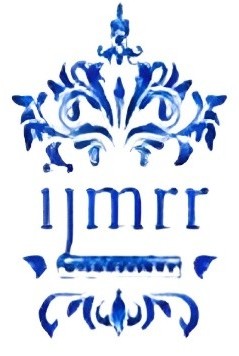IOT based Prison Break Monitoring and Alert System Using Wireless Communication
Abstract
The "Internet of Things-Based Prison Break
Monitoring and Alert System Using Wireless
Communication" project presents a groundbreaking
approach to enhance prison security and prevent
escapes. Leveraging Node MCU units in ESP-NOW
communication mode, this system establishes a
wireless network within the correctional facility,
providing continuous monitoring and immediate
alerts in the event of a prison break.
Prison security is a top priority, and this project
addresses the critical need for robust monitoring
systems. Each prisoner wears a Node MCU unit that
communicates wirelessly with a central Node MCU
hub using ESP-NOW. If a prisoner carrying a Node
MCU unit moves beyond the network's coverage
area, the system detects the breach and triggers an
immediate alert to the jailer. The alert includes the
prisoner's unique code, enabling swift action to
prevent escapes or unauthorized movement.
The "Prison Break Monitoring and Alert System"
project exemplifies the fusion of IoT and wireless
communication technology to enhance correctional
facility security. By providing real-time monitoring
and instant alerts, it significantly reduces the risks
associated with prison escapes, safeguarding both
inmates and staff.
This project aligns with the growing demand for
innovative security solutions in correctional
facilities, showcasing the potential of IoT in
ensuring safety and preventing unauthorized
movements.











